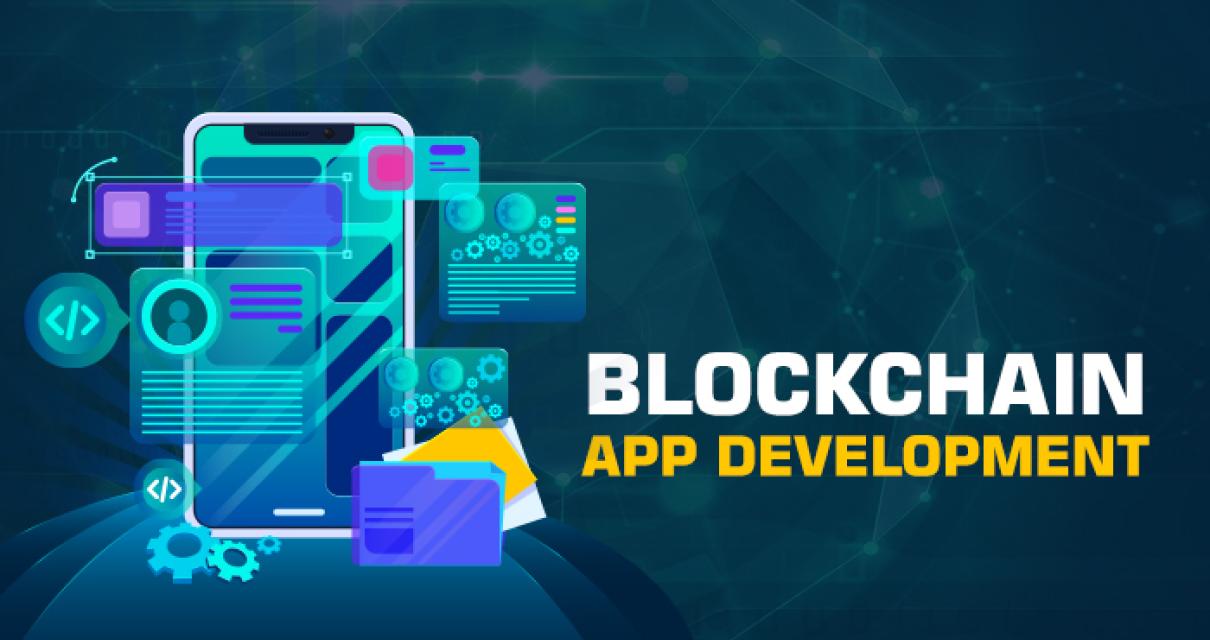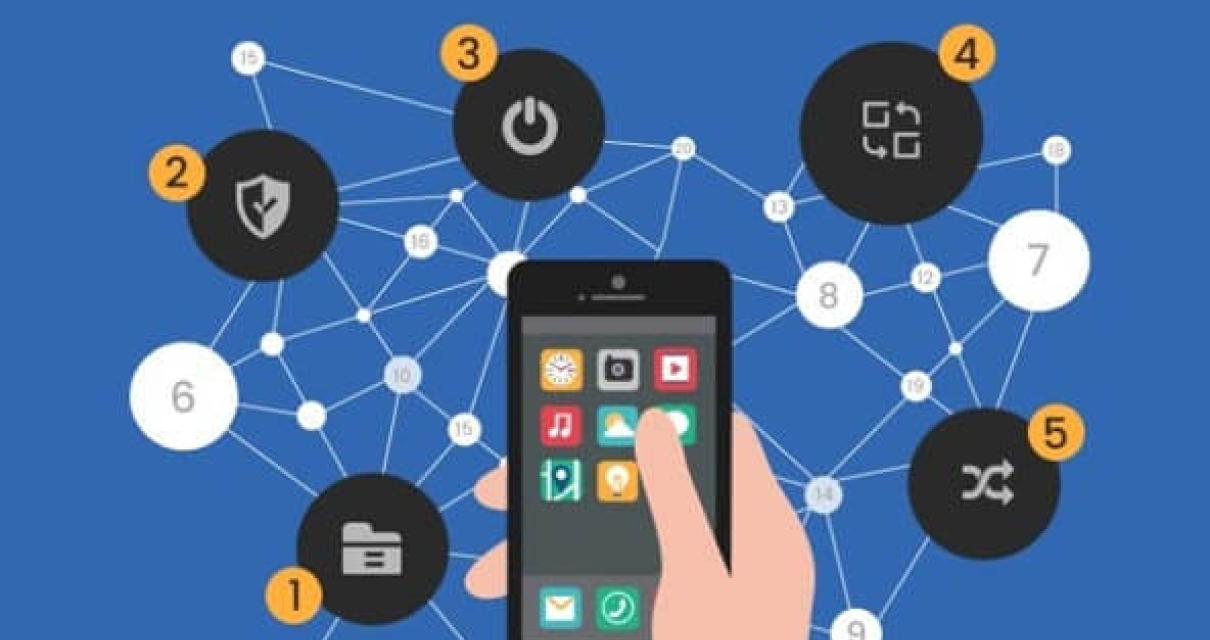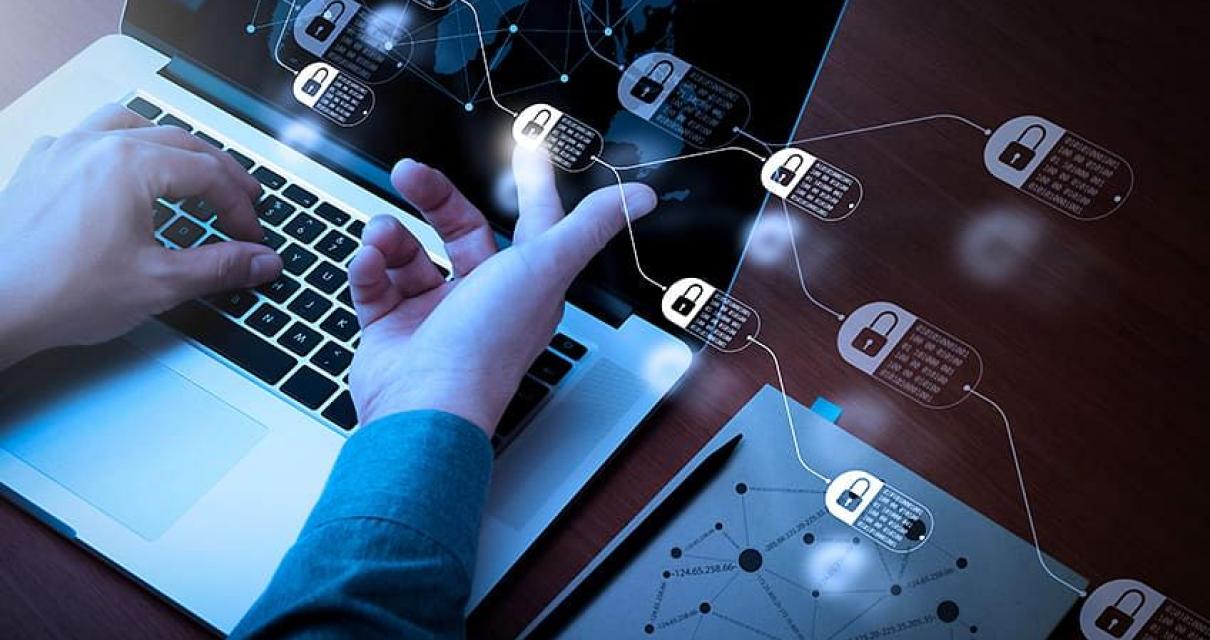Introduction to Blockchain Application Development
Blockchain technology is a distributed database that allows for secure, transparent and tamper-proof record-keeping. It has many potential applications, including the tracking of assets, the management of transactions and the processing of contracts.
To develop a blockchain application, you first need to understand the basics of blockchain technology. You also need to have a strong understanding of coding and software development. Once you have those basics down, you can begin developing your own blockchain applications.
This overview will provide an introduction to blockchain application development, including:
What is blockchain technology?
How does blockchain work?
What are some potential applications of blockchain technology?
What are the necessary skills for blockchain application development?
What is Blockchain Application Development?
Blockchain application development is the process of creating a decentralized application (DApp) using blockchain technology. A DApp is a type of application that runs on a decentralized network, and it allows users to conduct transactions without needing a third party.
The main benefits of using blockchain technology for DApp development are security and transparency. Because blockchain is a distributed database, it is difficult for anyone to tamper with data. Additionally, the transactions on a blockchain network are irreversible, which provides a high level of trust and confidence for users.
To create a DApp using blockchain technology, you first need to create a blockchain platform. This platform will act as the foundation for your DApp, and it will allow you to store data, conduct transactions, and manage accounts. Next, you need to create your DApp. This process involves creating a decentralized application codebase and designing a user interface. Finally, you need to deploy your DApp to a blockchain platform.
The Benefits of Blockchain Application Development
There are many benefits to developing blockchain applications. Some of the key benefits include:
-Reduced Costs: Blockchain applications are often more cost-effective than traditional applications. This is due to the fact that they use a distributed ledger technology that allows for quicker and more secure transactions.
-Increased Security: Blockchain applications are highly secure due to the fact that they use a decentralized network. This means that there is no single point of failure and the data is encrypted throughout the network.
-Enhanced Transparency: Blockchain applications are highly transparent due to the fact that all information is publically available. This makes it easier for people to understand and trust the system.
- Increased Speed: Blockchain applications are often faster than traditional applications due to the fact that they use a peer-to-peer network. This allows for quick and easy transactions between different parties.
The Future of Blockchain Application Development
As blockchain technology continues to grow in popularity, more and more businesses are beginning to explore its potential for application development.
There are a number of reasons for this, but one of the most important is that blockchain is extremely secure and efficient. This makes it a great option for applications that require high levels of security and transparency, such as financial applications or supply chains.
Another reason businesses are exploring blockchain application development is because the technology is relatively new. This means that there are still plenty of opportunities for developers to create innovative new applications.
Of course, there are also a number of challenges that businesses face when it comes to blockchain application development. One of the most important is that the technology is still relatively new and there is a lot of research that needs to be done in order to develop effective applications.
Nonetheless, the potential benefits of using blockchain technology for application development are enormous, and businesses are starting to pay attention. As the technology continues to grow in popularity, we can expect to see even more innovative applications created using this revolutionary technology.

The Challenges of Blockchain Application Development
There are several important challenges associated with blockchain application development.
1. Scalability
One of the key challenges with blockchain is that it can be difficult to scale up. This is because blockchain is a distributed ledger system, which means that it requires a large number of nodes to be operational in order for it to work properly. This means that blockchain applications can be very slow and difficult to use if they are not able to handle a large number of transactions.
2. Security
Another challenge with blockchain is that it is inherently insecure. This is because blockchain is a decentralized system, meaning that there is no central authority that can protect it from attack. This makes it vulnerable to cyber attacks, which could result in the loss of data or money.
3. Limited functionality
Another challenge with blockchain is that it is not always capable of performing all the functions that users might expect it to. This is because blockchain is designed to be a secure and transparent system, but it does not always offer the same level of convenience or functionality as traditional systems.
The Opportunities of Blockchain Application Development
In today's world, there are many different types of transactions that need to be made. From buying goods and services to transferring money, the options for how to do these transactions are growing increasingly limited. One potential solution is to use blockchain technology.
Blockchain is a distributed ledger that allows users to securely record and manage transactions. Because it is decentralized, blockchain is able to bypass the need for a central authority to verify and track transactions. This makes it a powerful tool for recording and managing transactions.
There are a number of potential applications for blockchain technology. The most obvious application is in the financial sector. The technology could be used to create a secure global database of financial transactions. This would make it easier for companies to conduct transactions and track their assets.
Another potential application for blockchain is in the supply chain sector. It could be used to track the movement of goods throughout the supply chain. This would help to ensure that products are delivered on time and in the correct condition.
Overall, blockchain is a powerful tool that has a lot of potential applications. It could be used to improve the way we do a variety of transactions.

How to Develop a Blockchain Application
There are a few steps to follow in order to develop a blockchain application. First, you need to create a blockchain platform. This platform will store the application’s data and will serve as a foundation for the application’s functionality. Next, you need to develop the application’s code. This code will contain the application’s functionality and will be used to interact with the blockchain platform. Finally, you need to deploy the application to the blockchain platform. This deployment process will ensure that the application is available to users and can be accessed through the blockchain platform.
What Tools are Available for Blockchain Application Development?
There are a few different tools that are available for blockchain application development. Some of these tools include blockchain platforms, such as Ethereum, Hyperledger Fabric, and Bitcoin Core; programming languages, such as Solidity and JavaScript; and blockchain development frameworks, such as Truffle and Web3.

Case Studies in Blockchain Application Development
1. Supply Chain Management with Blockchain
A multinational company is exploring how blockchain can be used to improve their supply chain management. The company is looking to reduce the time it takes to get products to market and to reduce the number of errors made in their supply chain.
2. Banking with Blockchain
A bank is exploring how blockchain can be used to improve their banking operations. The bank is looking to reduce the time it takes to process transactions and to reduce the number of errors made in their banking system.
3. Digital Rights Management with Blockchain
A music company is exploring how blockchain can be used to help protect their intellectual property. The company is looking to create a tamper-proof record of who owns what rights to their music and to prevent unauthorized users from accessing their music.
Why Blockchain Application Development is Important
Blockchain technology is one of the most important innovations in recent years. It has the potential to revolutionize a number of industries, including application development.
Blockchain technology is based on a distributed ledger system. This means that a network of computers maintains a continuously growing list of records, or blocks. Each block contains information about a specific transaction or event.
The blockchain system allows for secure, verifiable transactions between two or more parties. This makes it an ideal platform for application development.
Applications built on the blockchain platform can be used to manage assets, track transactions, and conduct other types of business transactions.
The potential applications for blockchain technology are virtually endless. As the technology continues to develop, it is likely that even more applications will be created.
If you are interested in learning more about blockchain application development, or if you want to create your own blockchain-based application, then you should contact a professional blockchain development company.